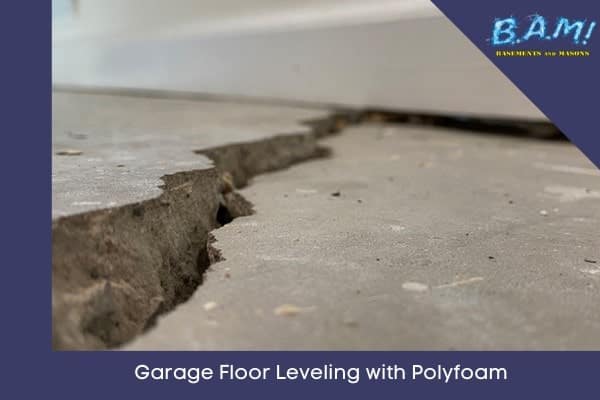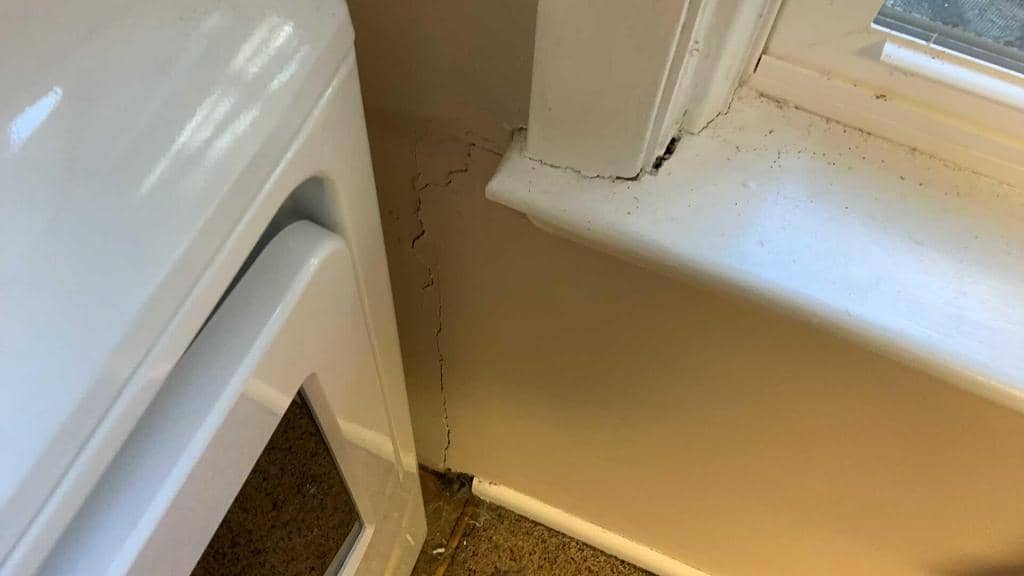The Basic Principles Of Best Basement Waterproofing
The Basic Principles Of Best Basement Waterproofing
Blog Article
Some Known Details About Best Basement Waterproofing
Table of ContentsBest Basement Waterproofing Things To Know Before You BuyThe Best Basement Waterproofing StatementsThe 9-Second Trick For Best Basement WaterproofingNot known Incorrect Statements About Best Basement Waterproofing Best Basement Waterproofing Can Be Fun For Anyone
usages excavation techniques toward the bottom of the structure's structure. entails eliminating dampness after it has actually entered the cellar. AdvantaClean's experienced professionals and technicians will locate the water resource. If wall or piece fractures are existing, we will inject polyurethane and epoxies into the fractures and secure the concession, protecting against more dampness from getting in.
If there's condensation outside of the foil, you have high humidity in your cellar. Fix it with a portable room dehumidifier or a whole-house humidifier system rather of waterproofing products. If the foil has condensation on the inside surface area (beside the wall), the dirt around your house may be naturally damp from a high water table or poor dirt water drainage.
You can waterproof simply your indoor wall surfaces, which may solve the issue. Once they dry out, they adhere permanently to concrete and masonry walls.
Best Basement Waterproofing Things To Know Before You Buy
Swirl the brush at the last of application to give the wall an appealing, completed appearance. Concrete waterproof finishes can not be put on formerly painted surfaces; inspect the tag. A 5-gallon pail costs about $60. Additionally called densifiers, they are suitable only for walls that have not been repainted or secured.
You comb, roll, or spray it on a lot more thickly one gallon covers just 75 square feet, not the 300 square feet typical with standard paint. Water-proof paint is great for do it yourself application. You can use it over repainted surfaces, and paint over it once it's cured (one gallon costs $37).
It can set you back $10,000 to $15,000, relying on the job needed. Outside waterproofing involves excavating all around your house fully depth of the structure wall surfaces, then mounting a water-proof layer or membrane layer covered by drainage panels. The panels offer an easy path for water to stream down to an exterior French drainpipe at the bottom of your structure.
A cellar without waterproofing is kind of like that. Your basement doesn't want to go with a rainstorm without proper defense just as much as you do not desire to.
Some Known Questions About Best Basement Waterproofing.
But if you've done your research, you 'd know there are two types of waterproofing: interior and exterior. It can get confusing what they both mean, which one's a much better investment, and what will actually keep the water out. Don't worry, we created this blog to over at this website quickly specify both approaches for you and review the pros and disadvantages of each.
Outside waterproofing is a waterproofing approach that entails securing your home from the exterior. It's kind of like a moat around a castle. It involves excavating a trench around your whole house to the structure (concerning 8 to 10 feet down). The structure walls are after that cleansed, sealed, and covered with a water resistant membrane or sealer.

The Best Guide To Best Basement Waterproofing
It's a much more involved procedure that needs digging up your backyard, which is costly and lengthy. Exterior waterproofing involves removing everything bordering your home, including porches, driveways, sidewalks, landscaping, AC systems, decks, and so on. If any of the job was done improperly and water is still entering your cellar, there isn't much you can do to remedy or fix it.
Interior cellar waterproofing includes waterproofing from the within. Any kind of water that leaks into your basement is rerouted before it touches your flooring.
It's a reliable approach to waterproof your cellar - Best Basement Waterproofing. The drawback of indoor basement waterproofing mainly concerns the setup procedure. This approach calls for saved items, furnishings, and integrated shelving or cupboards to be relocated from touching the basement walls. And throughout installation, your basement can't be utilized. The greatest distinction in between both methods is this: Exterior waterproofing is a preventative solution and interior waterproofing is a rehabilitative option.
Rumored Buzz on Best Basement Waterproofing
To conclude, exterior and interior cellar waterproofing are both reliable methods of securing your home from water damage. Outside waterproofing produces an obstacle that prevents water useful content from entering your home, while interior waterproofing reroutes water that does enter your home. And it is essential to keep in mind that exterior waterproofing is a costly and turbulent installation process when contrasted to interior waterproofing.
Whichever technique you choose, make certain you pick a reputable and reliable professional for the task. Both methods need knowledgeable workers to deal with the job. If you have any concerns concerning cellar waterproofing, please connect to us. And if you're in our service area and have water in your cellar, call us for a totally free, no-obligation home evaluation.
You can fill in our kind below, start a conversation in the bottom right-hand corner, or call us at 1-800-827-0702.
Report this page